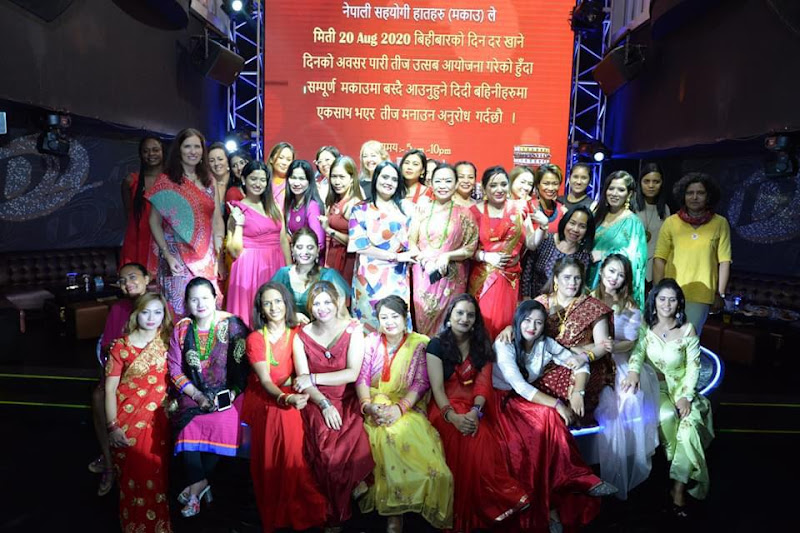The naming of "Kichakvadh" has its mythological and historical context.
During the Mahabharata era, Virata, the king of Viratnagar, ruled a kingdom. The king appointed Kichaka as his commander. The Pandavas, in disguise, lived in the court of Virata under various false identities. Draupadi, among the Pandavas, attracted the attention of Kichaka, who was powerful but had an immoral character. When Draupadi rejected Kichaka's advances, a conflict arose, leading to Bhima confronting Kichaka. Bhima defeated Kichaka, avenging Draupadi's humiliation.
Historical Naming of Kichakavadha:
After the victory over Kichaka, Bhima dug a pond at the same location, and he bathed in that pond to wash away the blood from the battle. The spot where Bhima is believed to have fought with Kichaka and created the pond is commemorated, and the pond is known as Kichakavadh. The name signifies the historical event of Bhima defeating Kichaka.
Geographical Location:
Kichakavadh is located in Wards 2 and 3 of Bhadrapur Municipality in Jhapa District, Province No. 1, Nepal. It is situated approximately 10 kilometers south of Chandragadhi, the district headquarters of Jhapa, along the banks of the Mechi River. The area has been excavated, revealing various historically significant artifacts dating back approximately 2200 years. Covering an area of around 10 acres, the geographical coordinates of Kichakavadh are approximately 26.47 degrees latitude north and 88.07 degrees longitude east.
Archaeological and Religious Significance
After Bhima created the lake by striking the ground with his arrow, it is believed that bathing in the lake prevents diseases. Due to this, a fair is organized at the site on the day of Magh Shukla Purnima, coinciding with the conclusion of the Swasthani Bratakatha. The archaeological department has conducted excavations in this area. In the sequence of excavations, a building with eight rooms, having the spread of the largest room about 22 meters long, was uncovered.
Religious and Touristic Importance
Despite having touristic significance, the promotion and dissemination of this area have not been substantial. The region had significance even during the time of Kichaka. However, detailed information about who killed Kichaka is not available. The novel "Radha" written by novelist Krishna Dharabasi is based on the excavations of Kichakvadh, providing insights into this historical event. Krishna Dharabasi, the author of Radha, has been honored with the Madan Puraskar literary award. The details about this area are not included in the detailed information of Bhadrapur Municipality.
Along with religious tourism, the Kichakvadh area, along with places like Vaag Vaagai Cha, Wala Udyan, Dunga Pokhari, plays a role in the preservation and development of archaeological assets. To promote internal and external tourism and make it a major attraction for tourists, the Kichakvadh Guruyojana was constructed from 2071 to 2091 BS, focusing on the construction of basic physical infrastructure.










Comments
Post a Comment